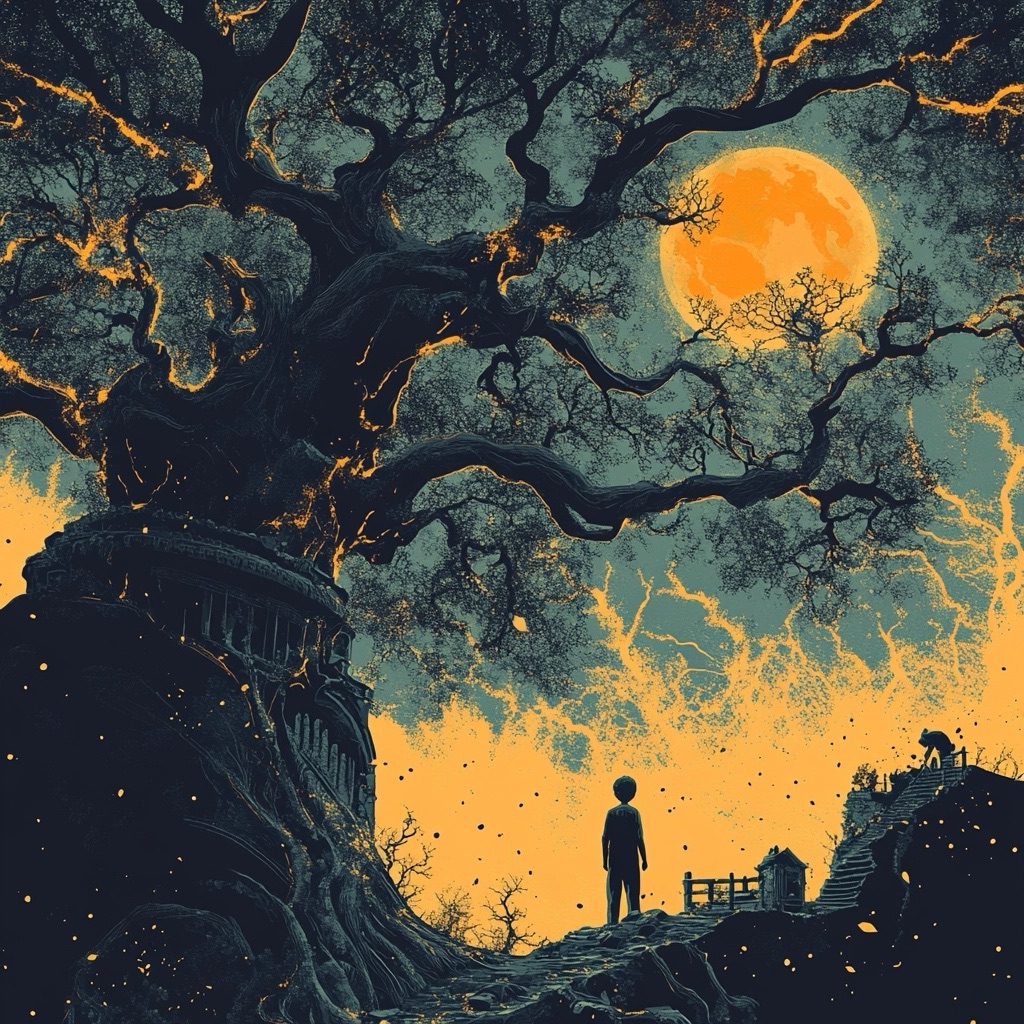
Storytelling is an ancient art, a way for humans to make sense of the world and communicate complex emotions and ideas. But what is it that gives stories their enduring power? While narrative structure and character development are essential, one of the most potent tools in a storyteller’s arsenal is the use of symbolic imagery. Symbols in stories transcend words—they tap into the collective subconscious, inviting readers or viewers to interpret, connect, and feel. In this essay, we will explore the intricate role of symbolic imagery in storytelling, analyzing how it enhances narratives, evokes emotion, and creates resonance with audiences.

What is Symbolic Imagery in Storytelling?
Symbolic imagery refers to the use of objects, figures, or visual elements within a story that hold deeper meanings beyond their literal interpretation. These symbols are not simply decorations; they are active components of the narrative that carry emotional, cultural, or philosophical weight.
In literature, film, and art, symbolic imagery often appears as recurring motifs, subtle visual cues, or even objects that take on metaphorical significance. A red rose, for example, might symbolize love, while a broken mirror might represent fractured identity. These images invite the audience to engage with the text on multiple levels, offering layers of meaning that enrich the experience of the story.
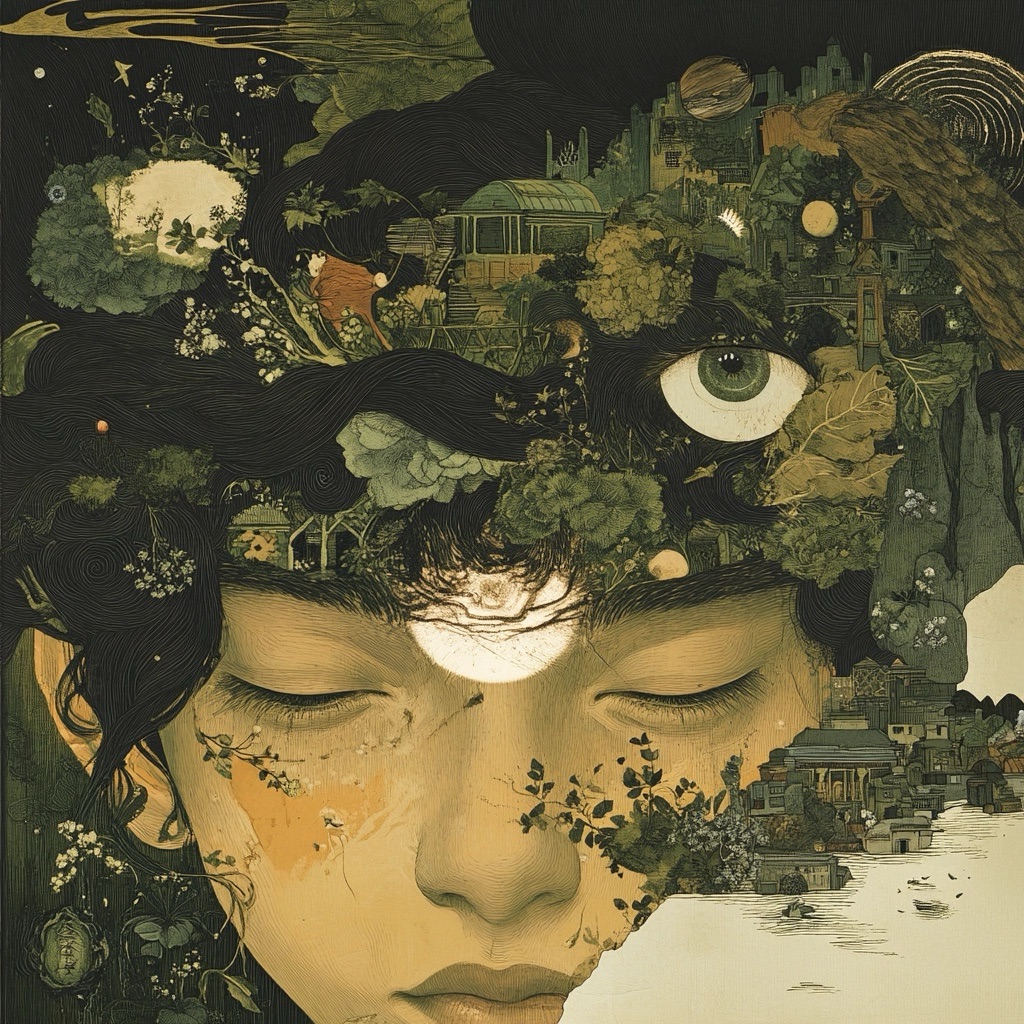
The Difference Between Literal and Symbolic Imagery
To fully grasp the power of symbolic imagery, it’s important to distinguish between literal and symbolic depictions. Literal imagery describes the immediate, surface-level representation of a thing or event in a story. When a character walks through a forest, the scene can be experienced as a simple journey through nature. However, if the forest is imbued with symbolic significance, it might represent a personal transformation, danger, or a descent into the unknown.
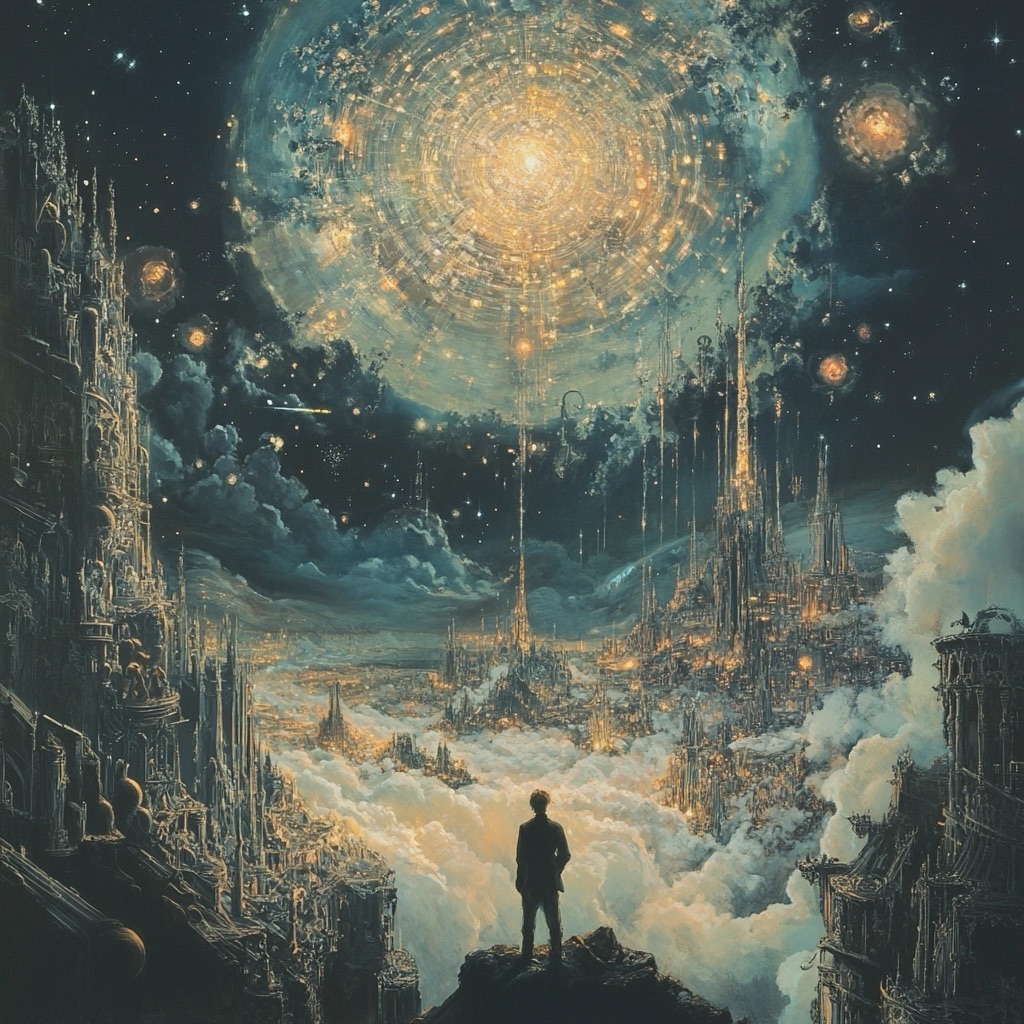
The shift from the literal to the symbolic is where storytelling begins to engage with deeper human experience. The forest is no longer just a setting—it becomes a mirror of the character’s inner world. This subtle, yet profound difference allows for richer storytelling and fosters a deeper emotional connection with the audience.
Why Do Symbols Resonate So Deeply?
At first glance, symbolic imagery might seem like an intellectual device, something designed to be decoded by the reader. But the truth is, symbols speak directly to our emotions. They are not just abstract representations; they carry with them emotional undercurrents that tap into shared human experiences.
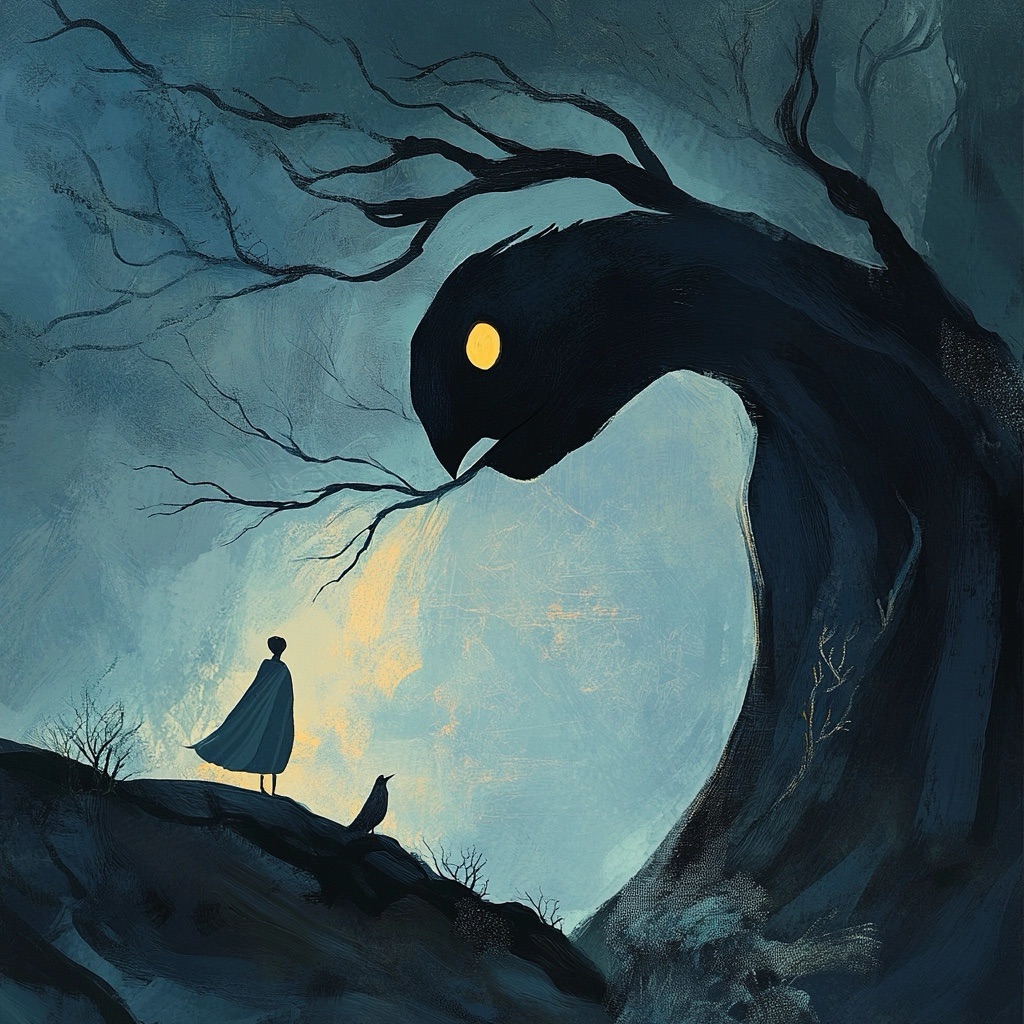
Carl Jung, the Swiss psychiatrist, argued that symbols derive their power from the “collective unconscious,” a reservoir of shared memories and experiences that exist in all human beings. For example, certain symbols, like the sun or the moon, recur across cultures and epochs because they embody universal human experiences—life, death, renewal, and mystery. These symbols resonate not just because of their cultural or historical significance but because they touch something fundamental in our psyche.
The Role of Archetypes
Closely related to symbolic imagery is the concept of archetypes—universal symbols or motifs that appear in stories across time and culture. Archetypal images, like the Hero, the Trickster, or the Mother, are examples of symbols that carry deep psychological significance. They encapsulate universal truths about the human condition, offering readers or viewers a way to relate to a story on an instinctual level.
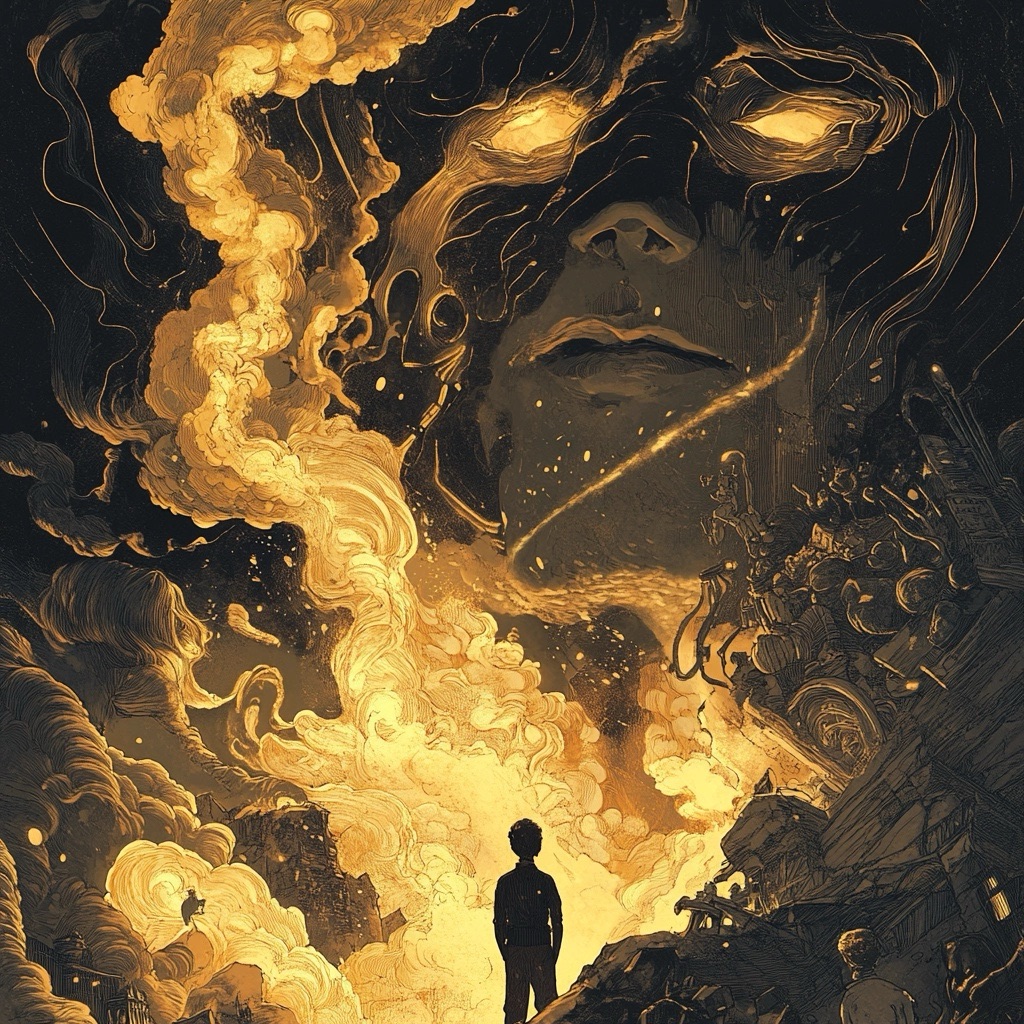
When a storyteller employs archetypal symbols, they are tapping into this deep well of shared experience. For instance, the image of a dragon in a fantasy novel may not only represent a literal creature but can also symbolize the embodiment of fear, chaos, or an obstacle that must be overcome. Readers recognize this imagery intuitively, which helps to anchor them in the emotional reality of the story.
Symbolic Imagery as a Reflection of Theme
One of the most powerful ways that symbolic imagery functions in storytelling is by reinforcing the thematic elements of a narrative. Rather than stating a theme outright, a skilled storyteller will weave symbols into the fabric of the narrative, allowing the audience to infer the deeper messages.
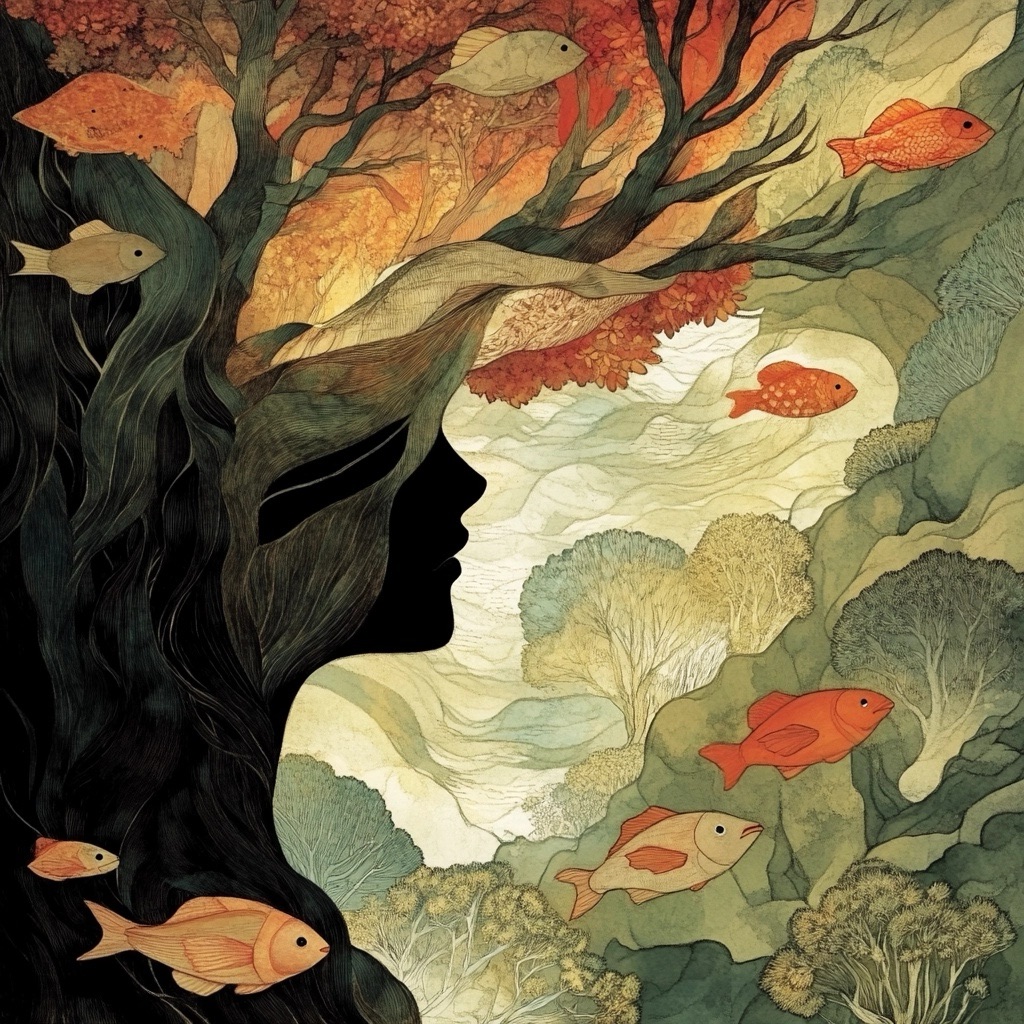
Example: The Green Light in The Great Gatsby
F. Scott Fitzgerald’s The Great Gatsby provides a classic example of symbolic imagery reinforcing theme. Throughout the novel, the green light at the end of Daisy’s dock serves as a symbol of Gatsby’s unreachable dreams and the American obsession with success and wealth. The light is a constant reminder of what is just beyond Gatsby’s grasp, yet it also embodies hope, aspiration, and the distance between the ideal and the real.
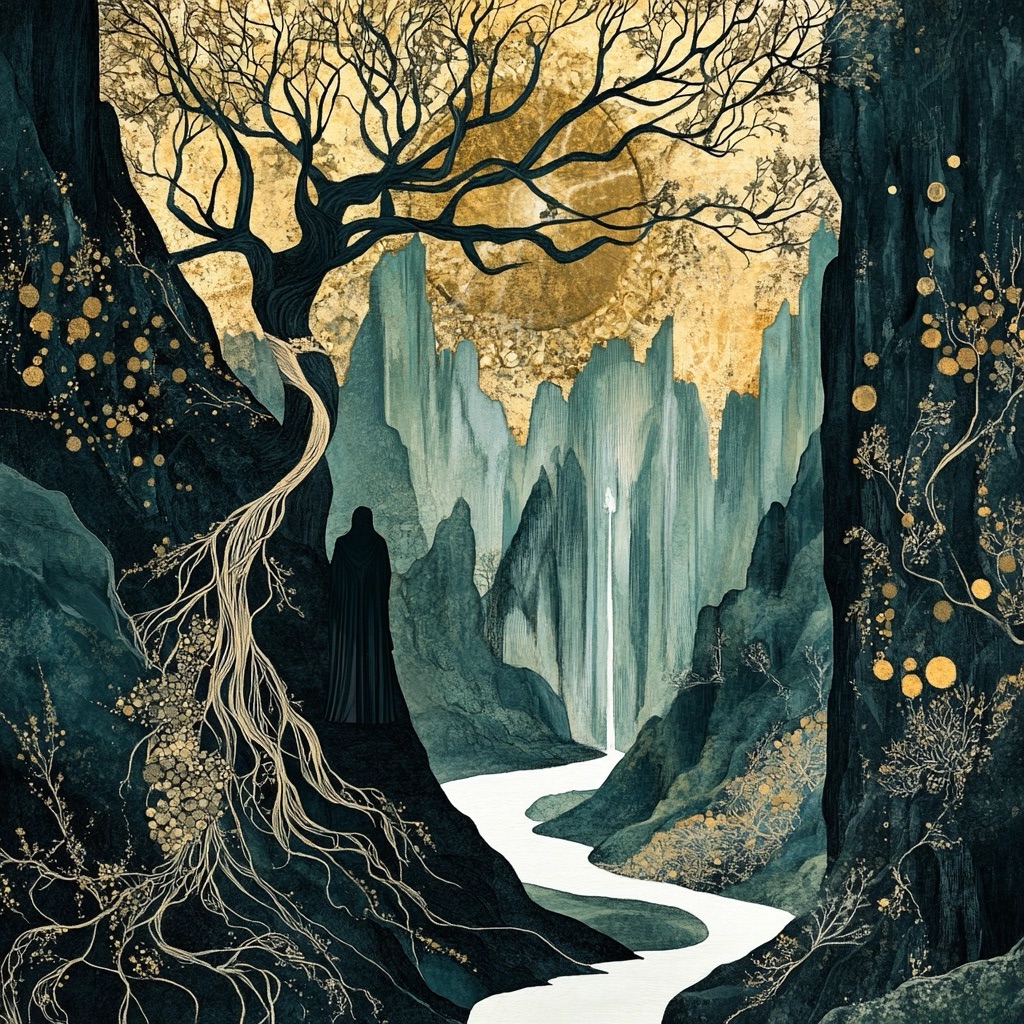
This image is powerful not only because of its repetition but because it speaks to the novel’s central themes of longing, illusion, and the tragic pursuit of an unattainable ideal. Fitzgerald could have chosen to state Gatsby’s desires explicitly, but by using the green light, he allows readers to experience these emotions symbolically, creating a more profound and resonant impact.
Example: Water Imagery in Beloved
In Toni Morrison’s Beloved, water is a recurring symbol that evokes themes of rebirth, cleansing, and memory. Throughout the novel, water is present during moments of emotional intensity, often tied to the characters’ traumatic experiences of slavery and their attempts to heal. By using water as a symbol, Morrison conveys the complexity of the characters’ inner lives without relying on explicit explanation.
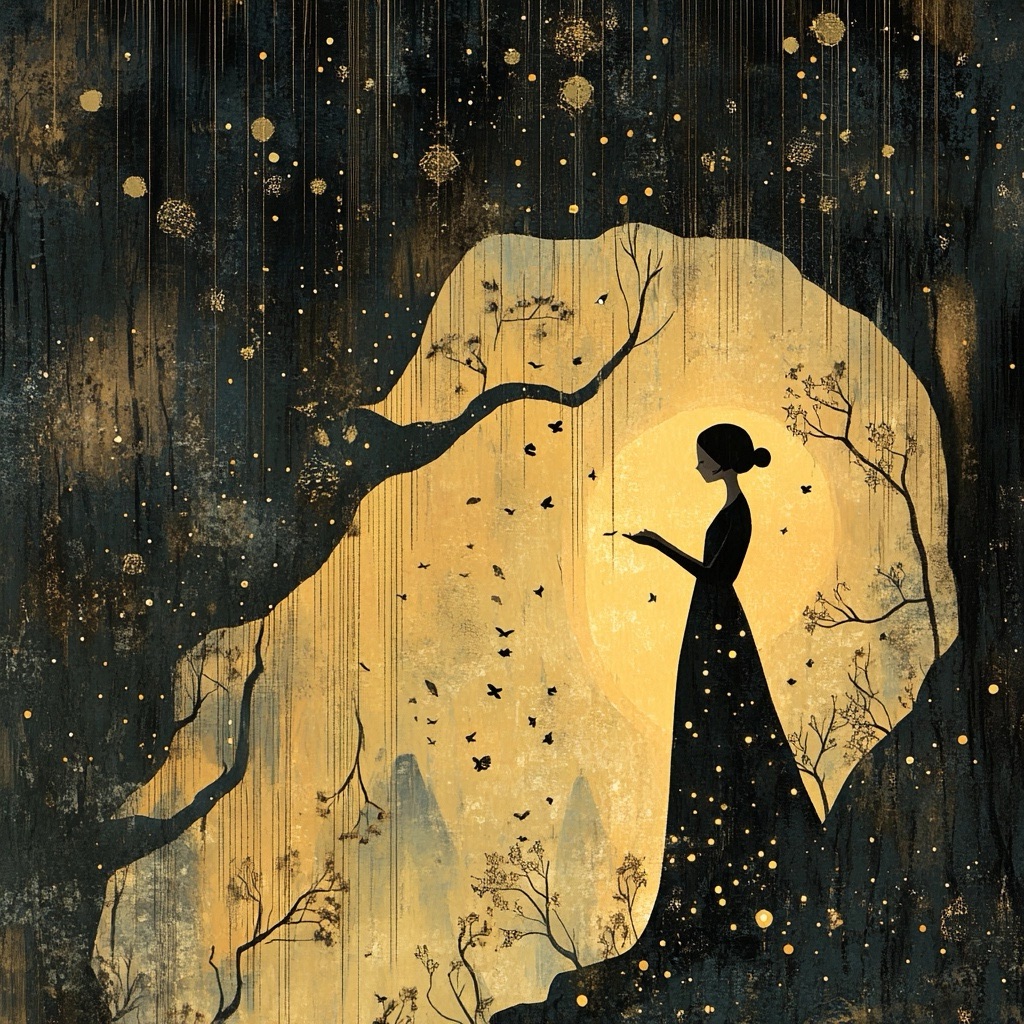
The symbolic use of water not only enriches the novel’s themes but also ties into the broader African American literary tradition, where water often symbolizes both suffering and redemption. Through this imagery, Morrison connects her story to a larger cultural narrative, deepening its impact and relevance.
The Emotional Power of Visual Symbols in Film
While literature often relies on words to evoke imagery, film has the advantage of using visual symbols directly. This visual medium allows for a different kind of immediacy in the use of symbolic imagery, often creating powerful emotional responses without the need for dialogue or explanation.
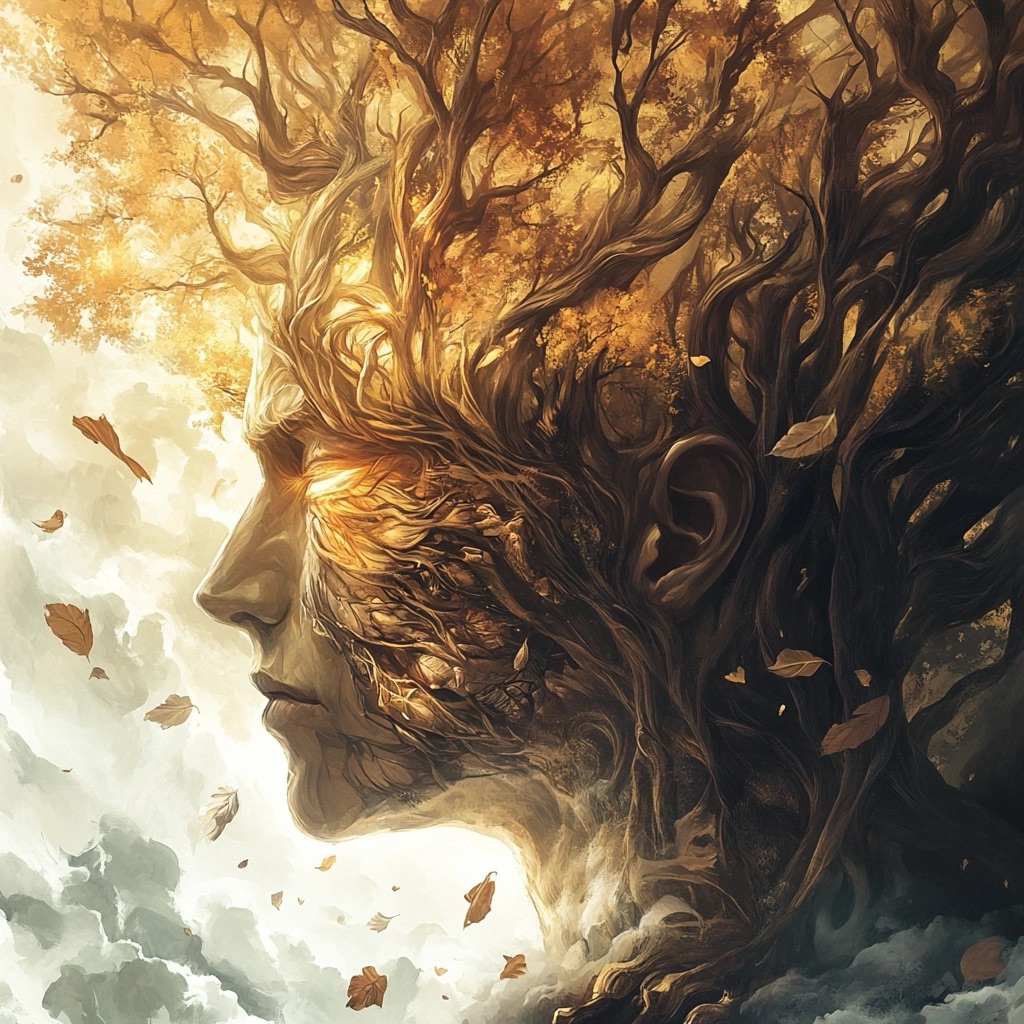
Example: The Feather in Forrest Gump
In the film Forrest Gump, the recurring image of the feather serves as a symbolic thread throughout the story. The feather’s lightness and unpredictability mirror Forrest’s life—drifting and floating through history, shaped by forces beyond his control. At the same time, it represents the randomness and beauty of life’s journey.
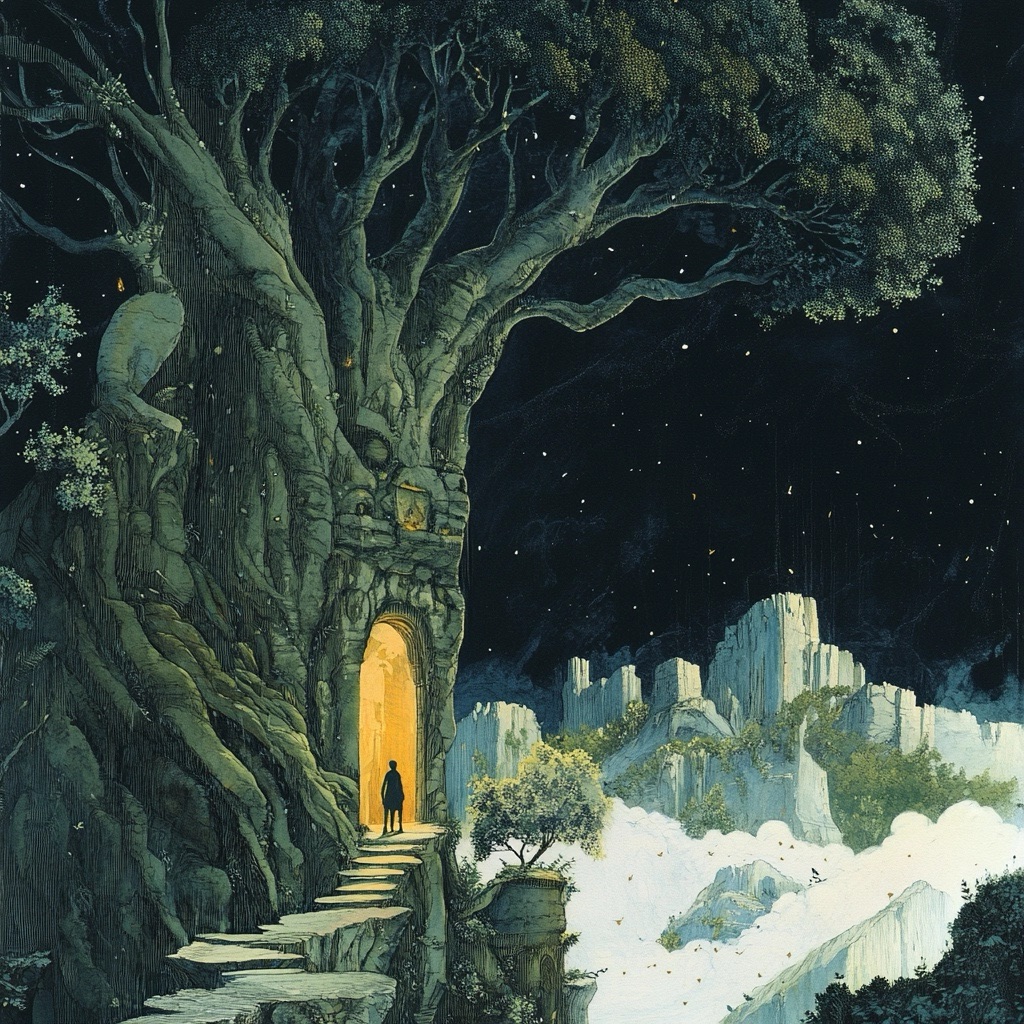
The film begins and ends with the feather, bookending the narrative and subtly reminding the audience of the themes of fate, chance, and the passage of time. While the symbolism of the feather is never explicitly discussed in the film, its visual presence leaves a lasting emotional imprint on the audience, connecting them to the story in a visceral way.
Example: Red in Schindler’s List
Steven Spielberg’s Schindler’s List is filmed almost entirely in black and white, except for a single recurring element: the red coat of a little girl. This small splash of color draws the audience’s attention, symbolizing both innocence and the horror of the Holocaust. The girl’s red coat becomes a haunting reminder of the millions of lives lost, and its stark contrast to the black-and-white cinematography highlights the emotional gravity of the story.
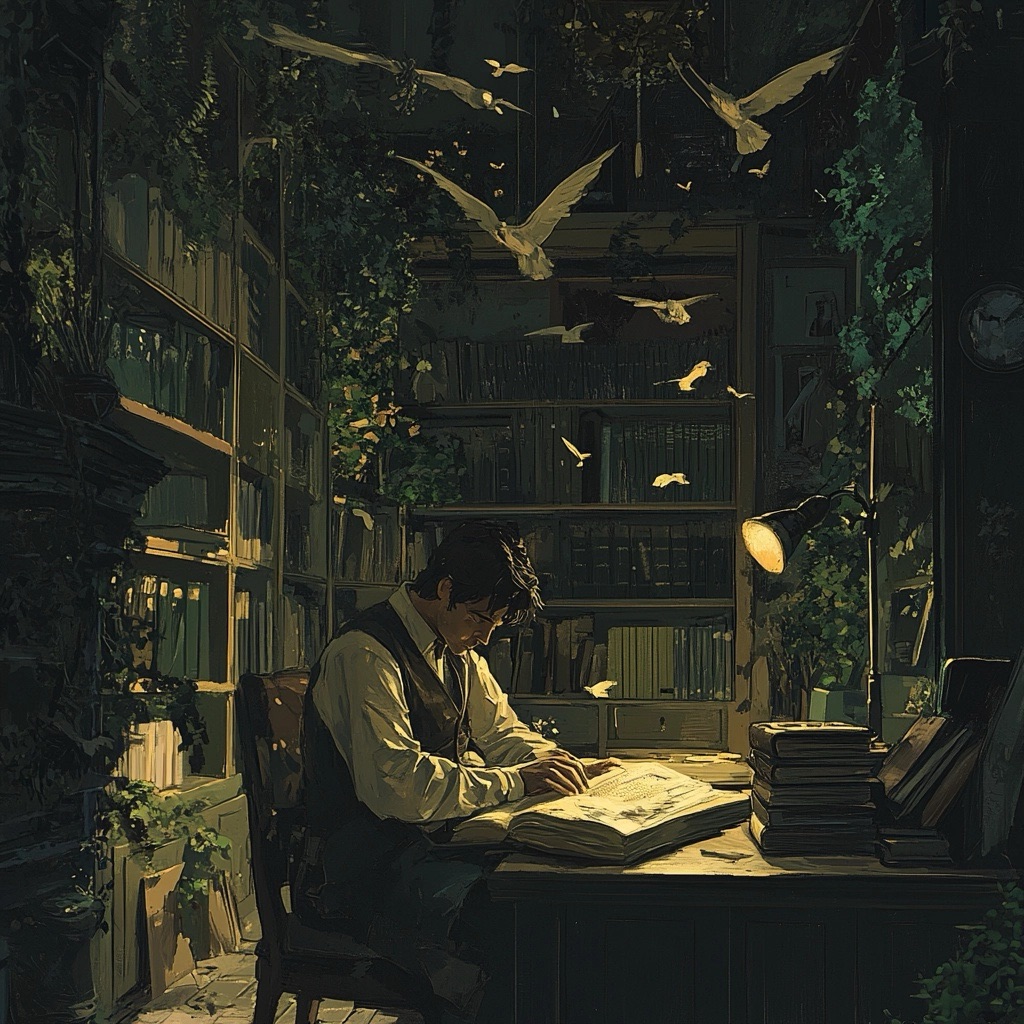
Through this symbolic use of color, Spielberg conveys a message that words could never fully express. The red coat becomes an emotional anchor in the film, one that lingers in the viewer’s mind long after the credits roll.
The Delicate Balance of Symbolism
While symbolic imagery is a powerful tool, it must be handled with care. Overloading a story with symbols can make it feel heavy-handed or overly complex, alienating the audience rather than engaging them. The best symbolic imagery is subtle, emerging naturally from the narrative rather than being imposed on it.
A well-crafted symbol grows organically within the story, allowing the audience to discover its meaning gradually. This slow unfolding creates a deeper connection, as readers or viewers feel like active participants in the story, piecing together the layers of meaning.
Conclusion: The Timeless Power of Symbolic Imagery
Symbolic imagery is more than a literary device—it is a bridge between the storyteller and the audience, a way to convey complex emotions, themes, and ideas without stating them outright. By tapping into universal symbols and archetypes, storytellers can create narratives that resonate on a deeper level, inviting audiences to engage not just with the story, but with their own inner world.
In a world saturated with information and distraction, stories that use symbolic imagery effectively have the power to cut through the noise. They linger in the mind, offering more than just entertainment—they offer meaning. And in the end, that is what makes storytelling so essential: its ability to connect us to the universal truths of the human experience, one symbol at a time.
Leave a Reply